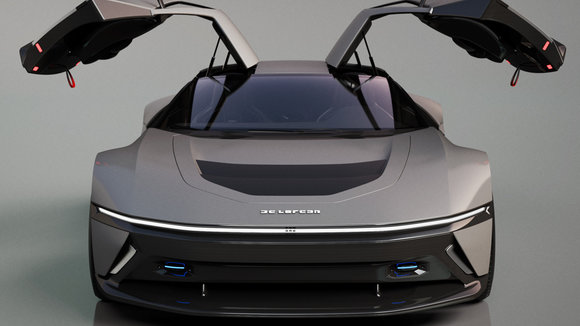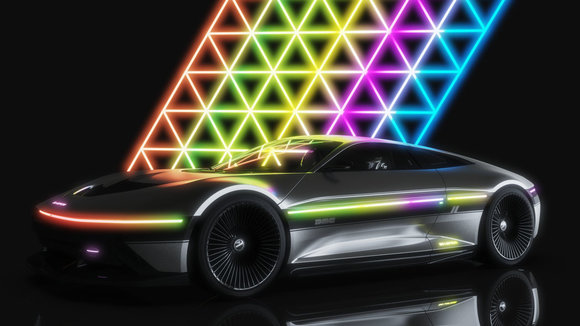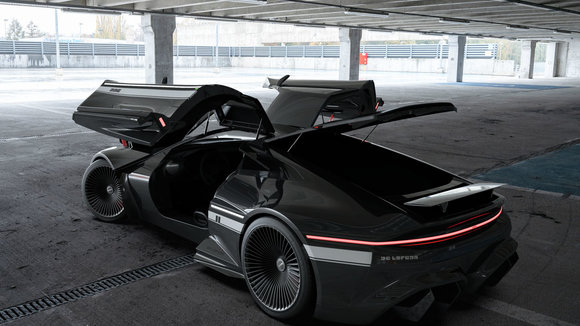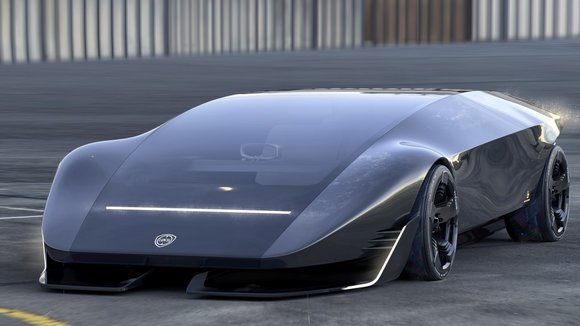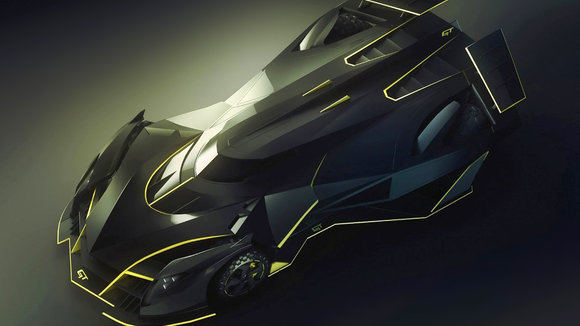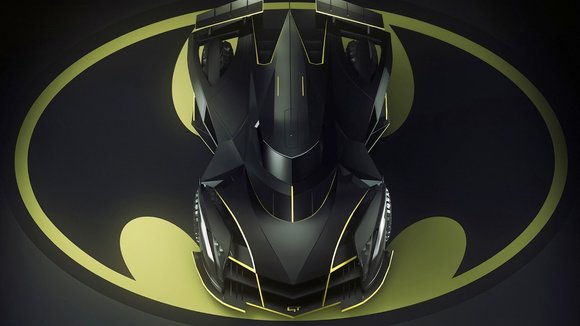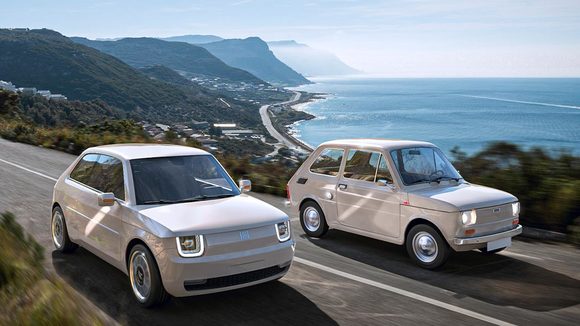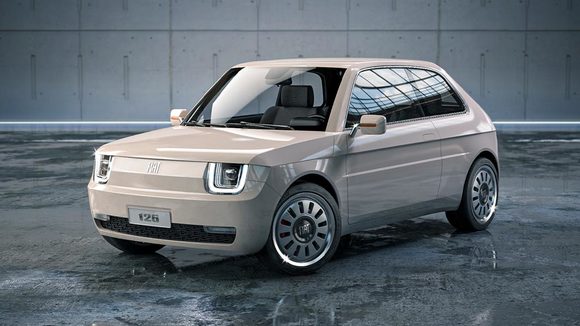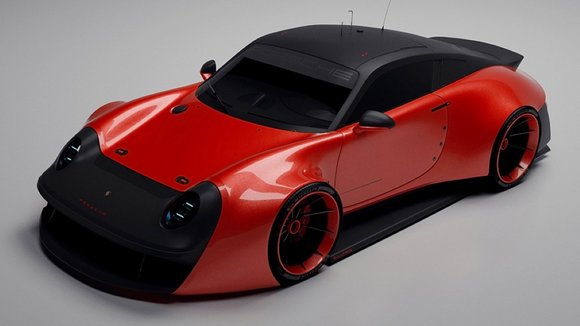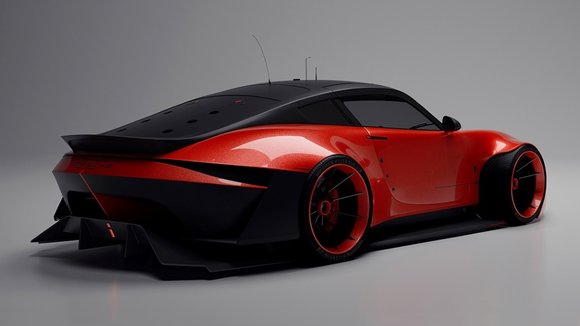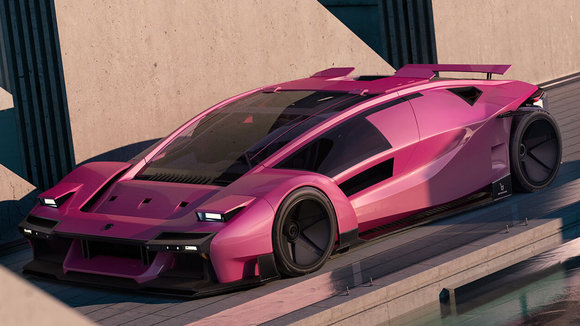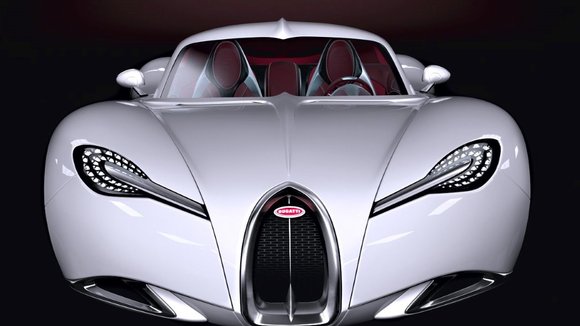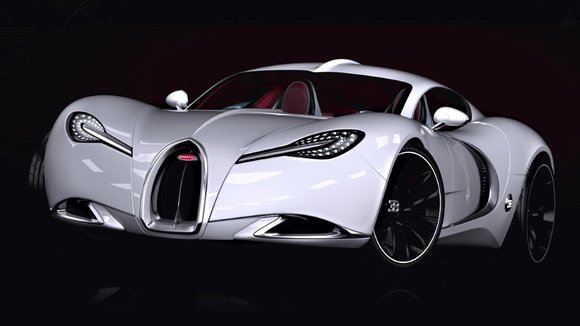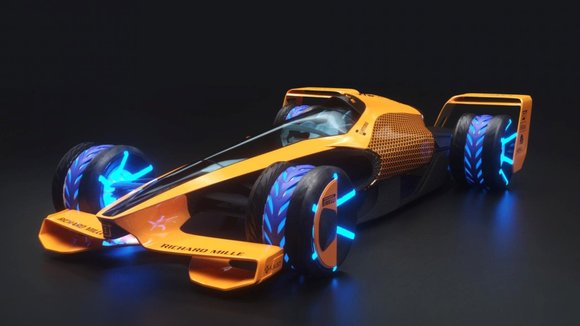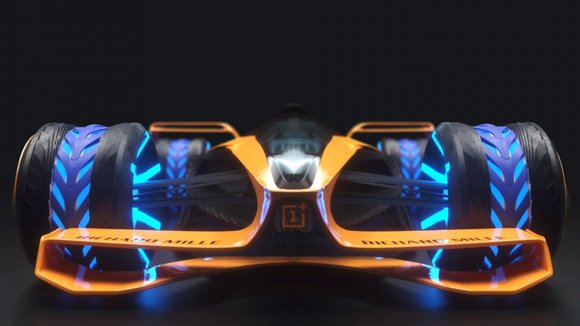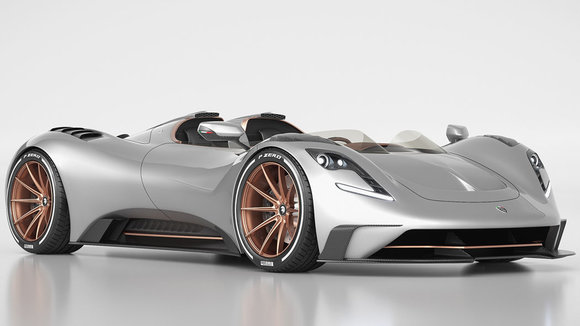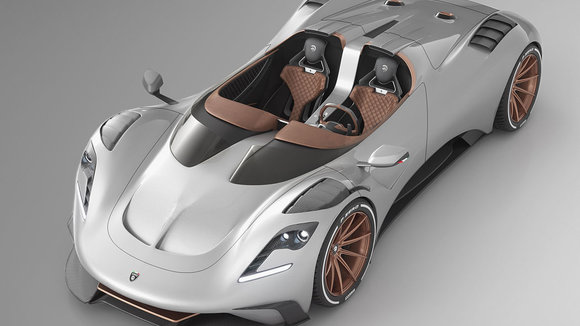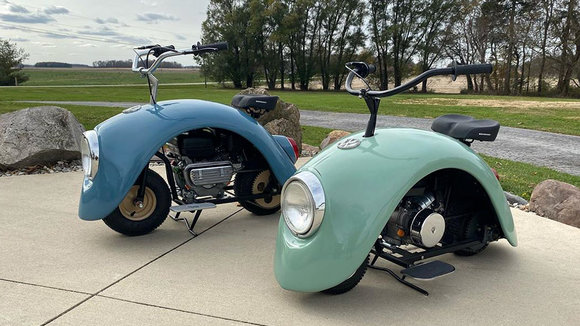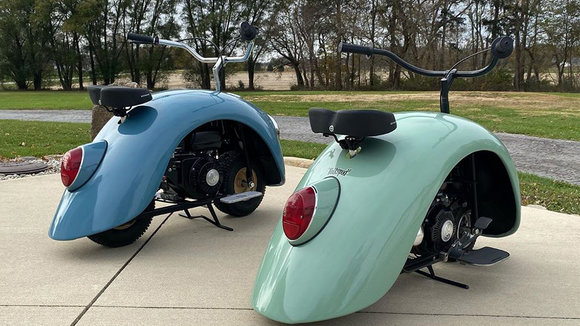1/21
DeLorean MC-12 and more iconic cars get reinvented with these powerful and transformative makeovers!
Through the years, some cars have reached iconic status, they’ve captured a place in everyone’s hearts and people reminisce about them to date, whether it’s the Back to the Future DeLorean, the beloved Porsche 911, or the fan-favorite Batmobile. Some of these cars gained prominence through movies, some were driven by our favorite celebrities and some were simply loved for their groundbreaking design and technology. Automobile designers and enthusiasts love taking a trip down memory lane, and some of these trips result in the reimagination of these iconic vehicles! Designers have given some of our favorite wheels creative and enduring makeovers, and we’ve collected a few for you that we totally approve of!
The star of the Back to the Future series is going to shine again, without a doubt. To fuel our imagination and prep us all for the 2021 DeLorean DMC-12, designer Ángel Guerra has awe-inspired automotive design with his version of the DeLorean 2021. He summed up the motivation for this concept in his words – “This is a thank you to an icon and a movie that marked my childhood. This is, too, a new DeLorean for my son’s generation.” As his tribute to the iconic design, Ángel has mustered up this super dope DeLorean for the 40th anniversary of the brand that captured the imagination of an entire generation. The gull-winged car has a lot of character – making it look nothing shy of a supercar of the current generation. Nothing is overdone and every little edge or curve seems well-thought-out. Perhaps, it comes from his culmination of childhood dreams and the subconscious desire to own a DeLorean one day. In fact, his automotive design journey was triggered by the dream-like cars of the 80s and the designs of the following decades.
The Lancia Cargo Stratos, as the concept is called, builds on the Stratos Zero’s wedge design, albeit with a lowered nose to help increase downforce. The concept sports a more streamlined design, embracing curves as well as straight, edgy lines to create something that looks like a wind-tunnel test brought to life. The car’s sides come with continuous metal paneling, hinting at the obvious lack of traditional doors. To enter and exit the vehicle, the windshield opens outwards, revealing the fighter-jet-style 1+1 seater cockpit beneath… just like in the original Stratos Zero. Two headlights sit flush on the car’s surface, right ahead of the fenders, and come fitted with LEDs. The car’s rear comes with linear taillights too, giving off a very cyberpunk vibe.
The Porsche 911 Bullfrog by Alexander Prime borrows from one of the largest, most dominating animals in the frog family. In fact, look carefully and its black front literally looks like a frog’s face. Designed as a prototype for the Le Mans 24 hour race, and to celebrate Porsche’s stunning record of being present at every Le Mans race ever held and dominating most of them, the 911 Bullfrog captures the essence of the brand while still retaining the ability to look muscular and menacing. “With its oval headlights, the new generation continued to reflect the traditional 911 design. The new 911 is the sum of its predecessors: The silhouette: iconic. The design: timeless. The technology: inspired by great racing victories”, says Alexander, the designer behind the 911 Bullfrog concept.
The Bertone-designed Stratos Zero further escalated the car’s face value a notch higher. Decades have passed, but the edgy four-wheeler is still alive in the subconscious of automotive enthusiasts like Shane Baxley. Having his feet deep in the Hollywood community (his work features in movies like Captain Marvel and The Predator), Shane is creative in designing automotive concepts. His latest work is the Bertone Stratos Bax – a remake of the Bertone Stratos Zero in an upbeat modern makeover that’s utterly desirable. Renders of Baxley’s latest concept are jaw-dropping, as I already want to open the gull-winged doors of this beastly supercar and drive it on the open roads. He has contoured the ride’s ultra-sharp edges just at the right places in the right proportions to give it that hot appeal. The flowing design and the fat tires with the hollowed-out rim lend it a very street-legal racer DNA, ready for any challenger on the other side of the lane!
Designed as an aesthetic bridge between the Bugatti cars of the 30s (the Bugatti Type 57 in particular), and the Bugatti cars post its acquisition by Volkswagen, the Gangloff sort of feels like a combination of the styles set by Jean Bugatti (son of founder Ettore Bugatti) and Jozef Kabaň, the designer who gave us the iconic Veyron. The Gangloff is all about retaining and highlighting Bugatti’s soul. Its incredibly curvaceous exterior is a sure-shot hat-tip to the Type 57 (especially in the side-view). The fenders on the front and rear quarter panels come with exaggerated curves, pretty emblematic of cars in the 30s, but the minute you switch to the front or rear view, the car’s modern design becomes pretty evident, especially with the LED lights, racecar-style seats, and the horseshoe radiator on the front that resembles the Veyron. In fact, the car even comes with the C-bar around the gate, a feature that’s practically synonymous with the Bugatti brand today.
Looking like something either out of a videogame or a movie about videogames, this is MCLExtreme, an amped-up vision of what a fully-electric F1 will look like in 2050, courtesy McLaren. Sparing literally no detail, and quite literally painting an incredible picture in the process, McLaren’s vision for 2050 has quite a few interesting predictions. A completely electric drivetrain is a given, considering Formula One’s gradual drift towards it. The cars won’t just be electric, they’ll charge wirelessly too. The track will supply power to the cars at strategic intervals as they drive in circles. However, where it gets interesting is that McLaren says that in order to charge effectively, drivers will have to slow down to gather more energy. Drive slow and you charge more, drive fast and you save time. The concept of the pit-stop doesn’t exist in 2050 either. The car’s tires will be crafted from a much more durable and self-repairing material that makes them last longer and eventually repair over time, therefore never needing replacing.
Italian coachbuilder ARES Design is a well-renowned name when it comes to creating stunning cars with a balanced fusion of craftsmanship and cutting-edge technology. The 2020 Corvette C8 Stingray is their latest canvas to show-off the creative prowess – turning it into a high-performance speedster which is more than just a superficial facelift, the kind we usually associate with custom body kits. According to Danny Bahar at ARES Designs, the motivation for the artisanal craftsmanship is “to create a car that combined the design of a hypercar, the performance of a supercar, and the accessibility of a sportscar.” After a short stint on the S1 Project with the new Corvette – that, by the way, is too precious to be driven with the fear of destroying it – Bahar decided to come up with a design that looks even better. Hence came to life the topless Barchetta version of the Corvette C8 – the S1 Project Spyder that reminds one of the Ferrari Monza SP2 or even the McLaren Elva! Look closer at the bodywork and you’ll instantly say, it resembles the rare Lamborghini Aventador J, as the hood flows into the cabin – morphing into the stem of the infotainment system and the center console. Powering this beauty is the Corvette’s 6.2-liter LT2 V-8 that’s tweaked for prime performance courtesy of the custom exhaust and an ECU tune.
Reusing old car parts to replenish other models has always been the custom, however using them to create a mini bike? Now that’s something you don’t see very often. Brent Walter, who describes himself as the “maker and builder of a variety of things”, created the VW Mini Bike, or what he fondly calls the ‘Volkspod’. Much like its name, the automotive is a little pod-shaped two-wheeler. The Volkswagen Beetle Type 1 or the ‘Bug’ has gained iconic status since its release. Its adorable bulbous structure had won almost everyone’s heart in the mid to late ’90s, with production lasting until 2003. Paying homage to the Bug, Walter used the fenders from each corner of the car to build the mini motorbike. The four vintage fenders merge together to form the head and tail-light system of the Volkspod. Power-packed with a 79cc engine, the Volkspod promises to be as or even more dynamic than the Beetle Type 1.
发布于2021-08-17
相关推荐
